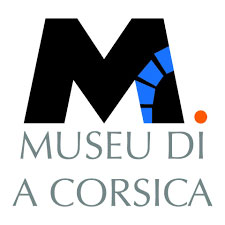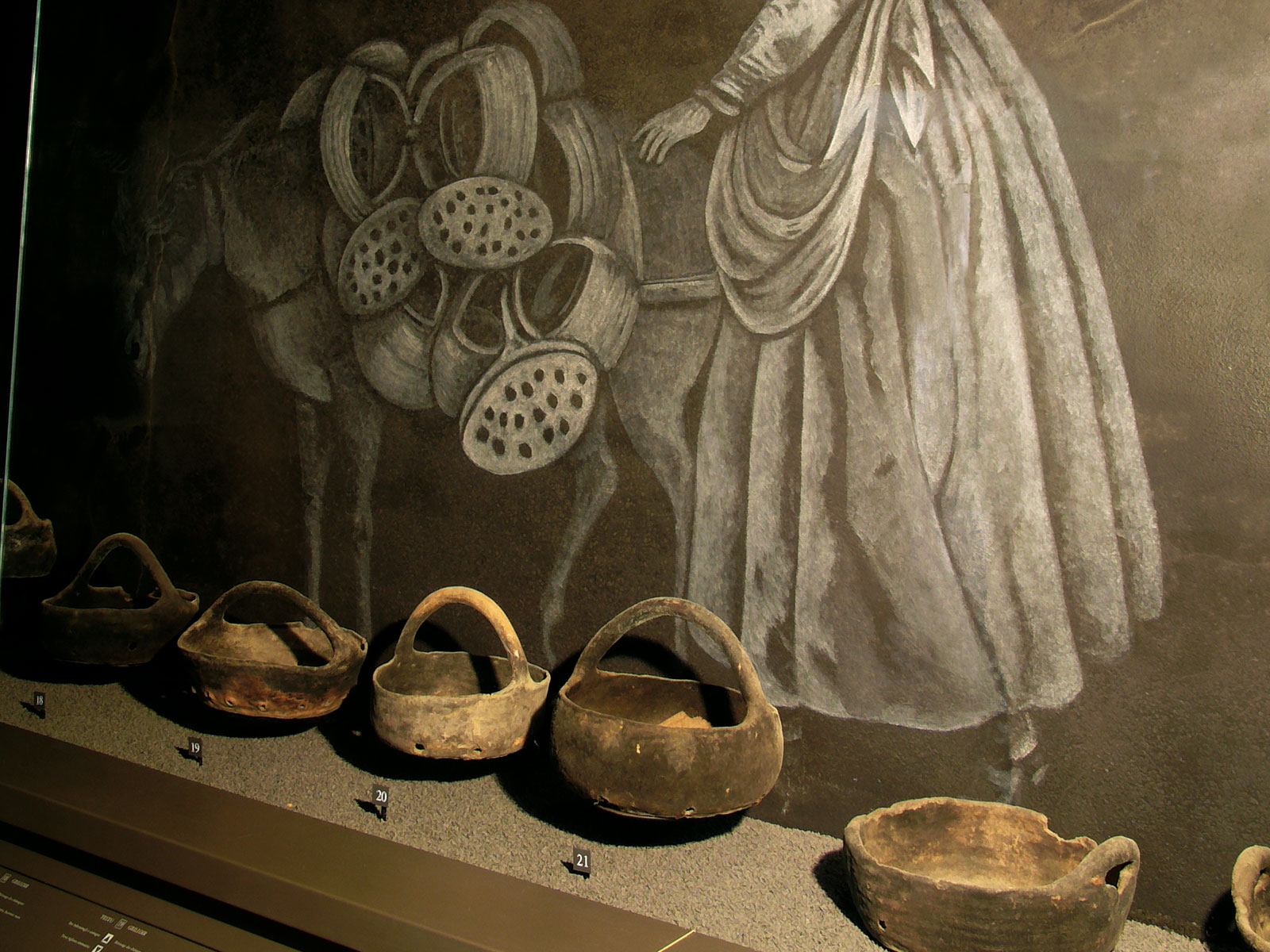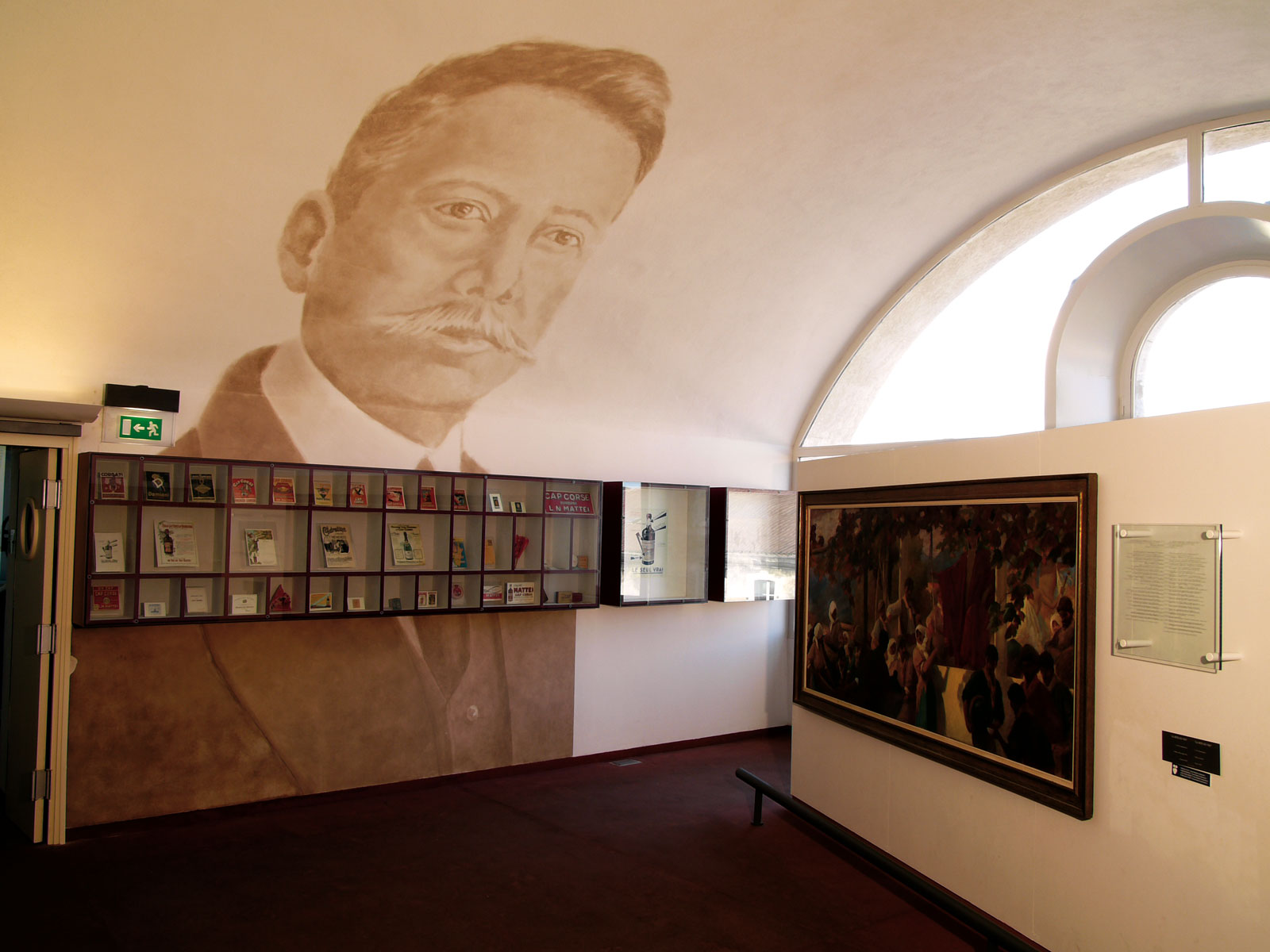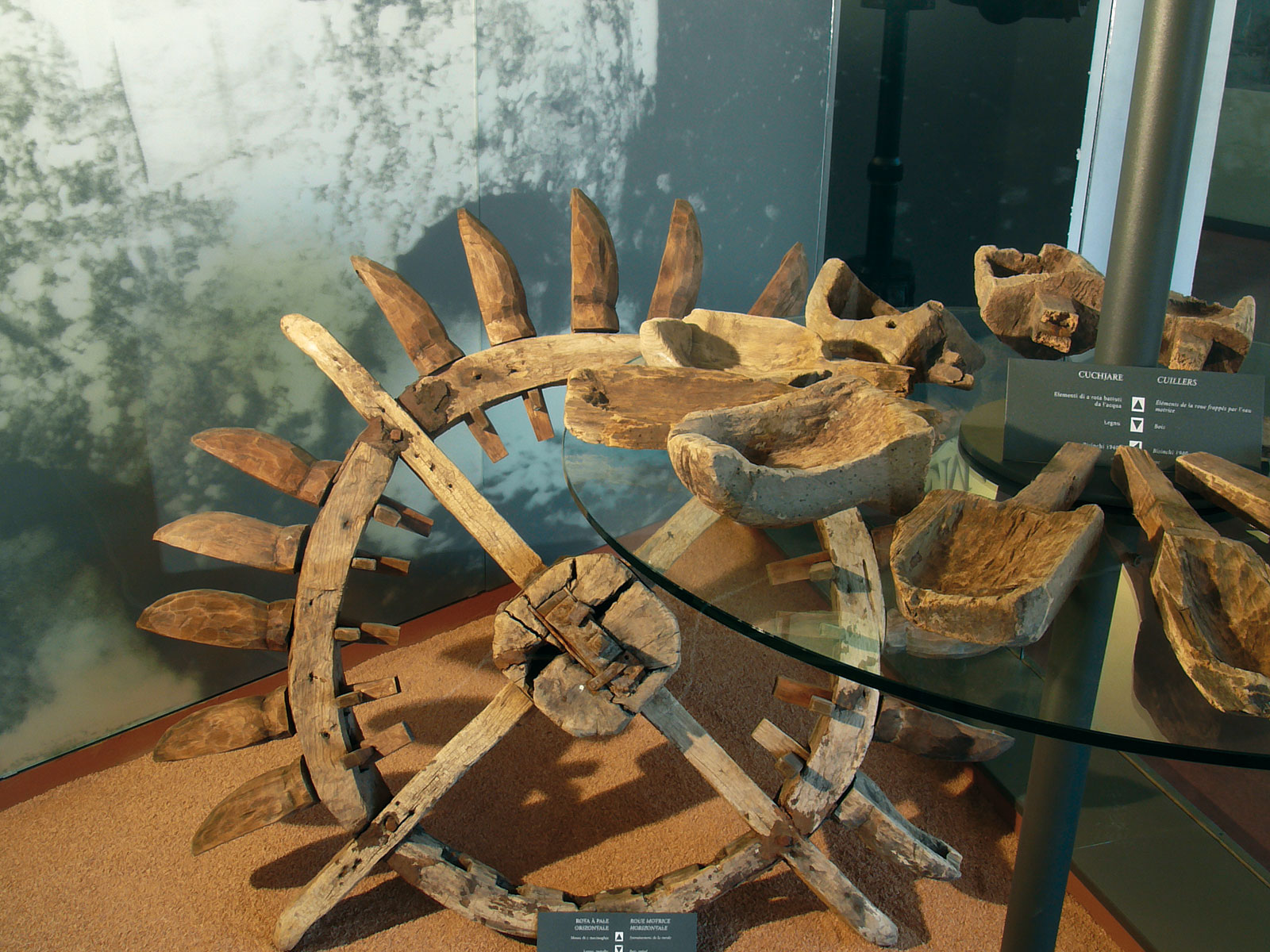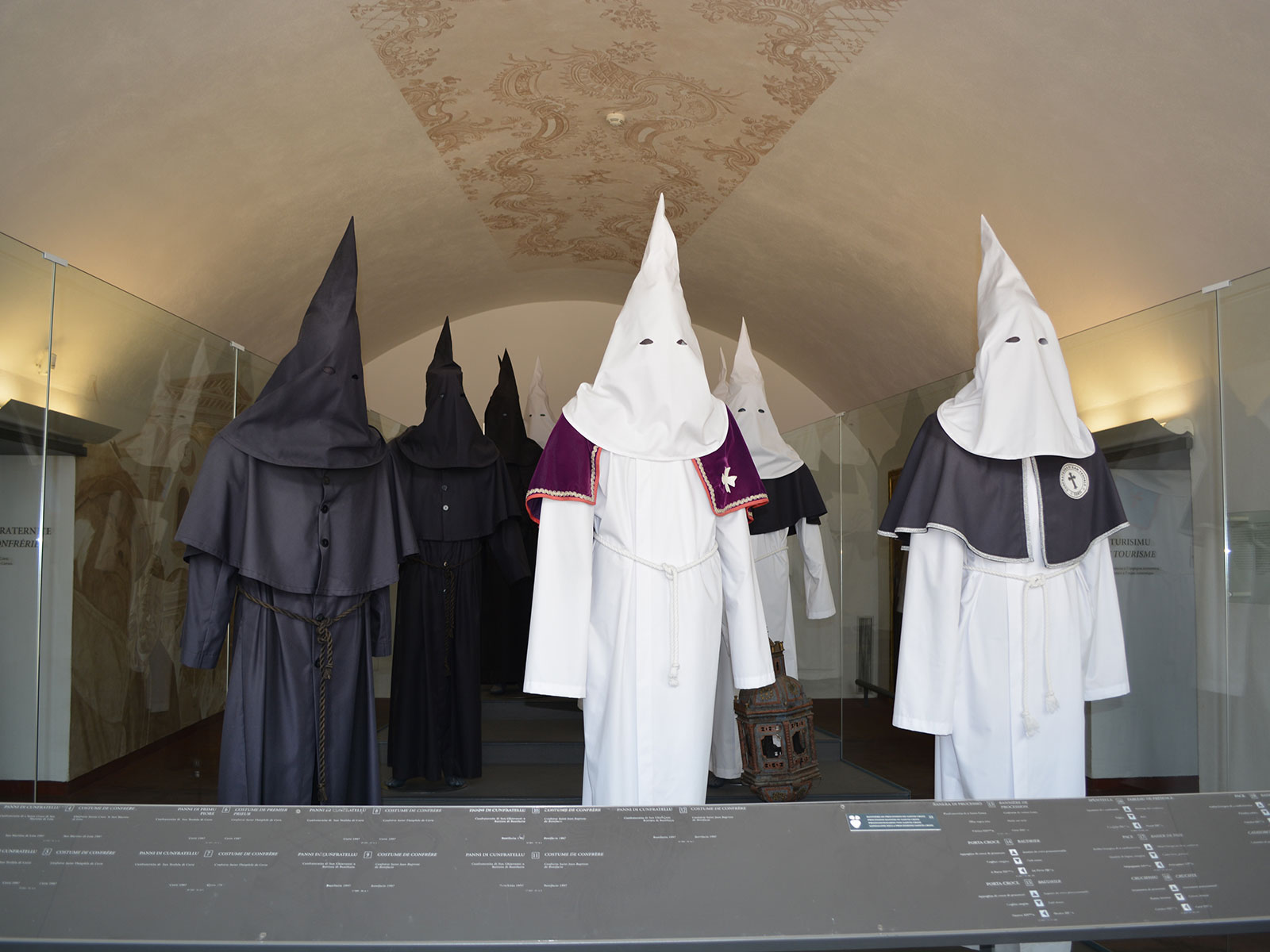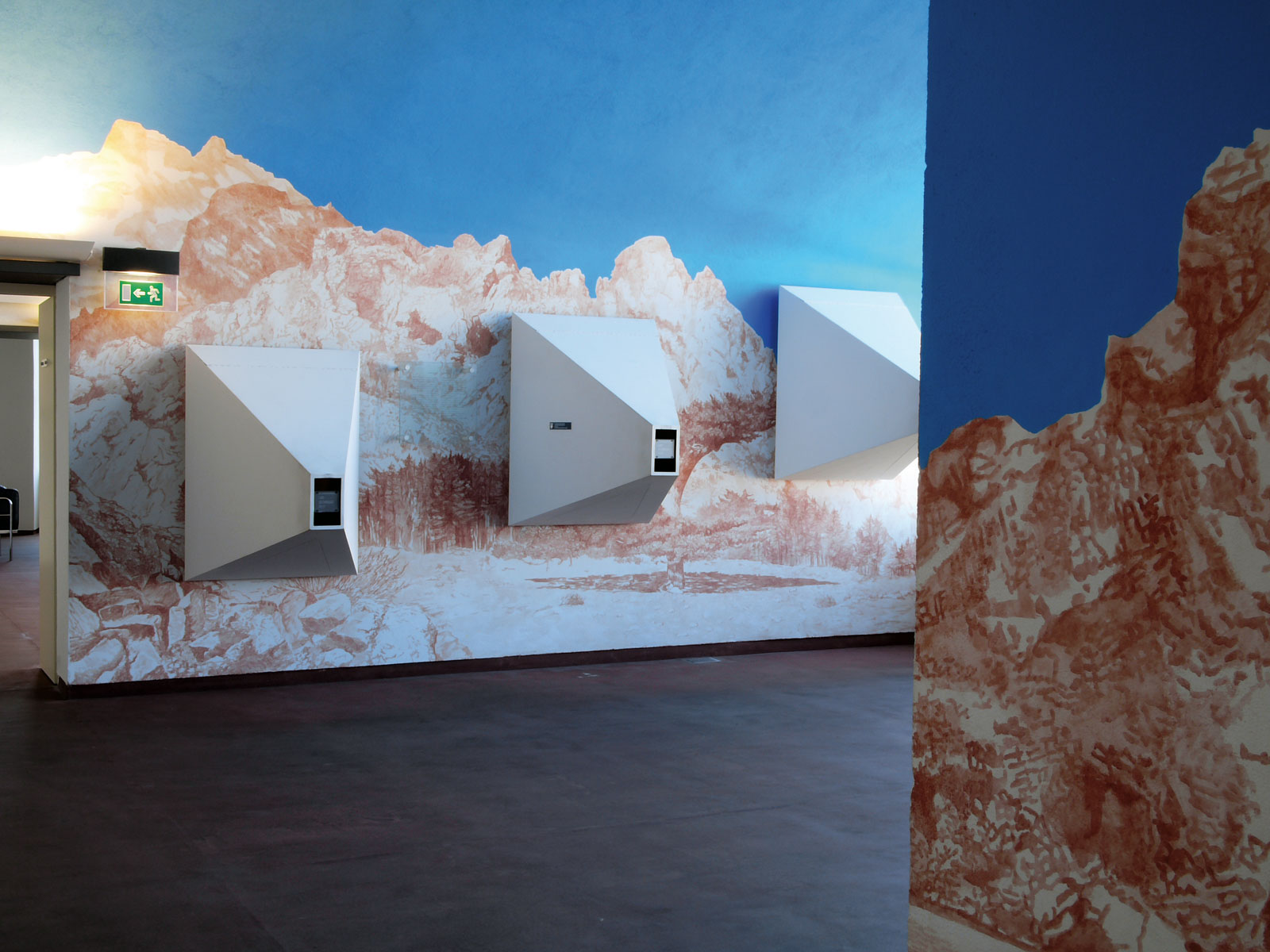The gallery "the museum in the making
The Museum is interested in Corsica today, in its social, economic and cultural aspects. The attempts of industrialization, the development of tourism and the quest for identity of the Corsicans are the essential themes.
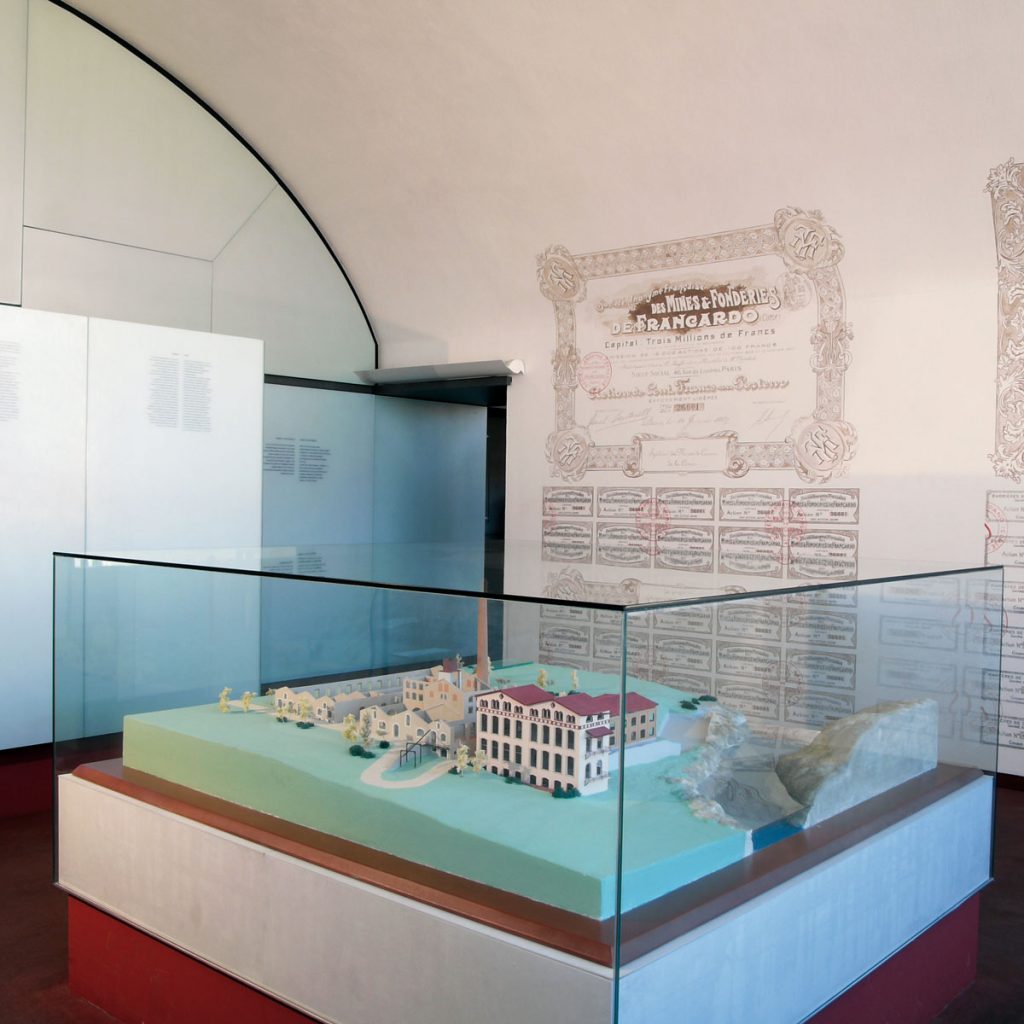
Presentation
The Doazan gallery proposes the glance of an ethnologist on the traditional rural Corsica.
Its course is a discovery of certain aspects of rural Corsica between the years 1952 and 1978 inspired by the work of Father Louis Doazan:
1
Traditional Corsica-Industrial Corsica
The presence of industrial wastelands in the island’s landscape is a reminder that Corsica has been able to engage in sectors of activity other than breeding, agriculture or trade.
It is in the field of metallurgy, the tannin industry and mining that the attempts, although short-lived, were the most numerous, from the 19th to the 20th century. The case of the extraction and transformation of asbestos is an exception: known and used in an artisanal way since the Iron Age until the Second World War, it is also exploited industrially at the factory of Canari; before its closure in 1965, the site of Canari covered one third of the needs of the French market.
2
The company in Corsica
The exemplary success of an island wine and spirits company, born at the end of the 19th century in the Bastia region, shows the capacity for innovation of a family of merchants who created an internationally renowned aperitif.
By relying on the Corsican diaspora, François Mattei, the son-in-law of the founder Napoleon Mattei, spread throughout the colonial empire and as far as the Americas a range of local products of which the quinquina aperitif, the Cap Corse, is the most emblematic.
Image of Corsica outside, the Mattei company is also, because of its relationship with the business world, politics and arts, a revelation of the urban sociability of the inter-war period.
3
The appropriation of techniques
The history of techniques in Corsica reveals the coexistence of avant-garde techniques for their time and archaic techniques.
In the field of metallurgy, we have, in the XVIIth century, forges with hydroeolian blowers which represents one of the most advanced aspects of Italian technology; while, recently still, we practiced the husking of chestnuts by manual beating or the pressing of olives by twisting in a bag. However, one cannot oppose archaisms and innovations: the exchange of techniques exists, but they can only be appropriated when they allow the valorization of resources and do not jeopardize the social organization based on a family system of production.
4
The revival of brotherhoods
Associations of lay people with a pious vocation, the brotherhoods are always strongly anchored in the society of their time, of which they generally reflect the political and religious trends.
The first ones to appear in Corsica were those of the Holy Cross at the end of the 14th century; the brotherhoods of the Rosary and the Blessed Sacrament were founded in the 15th and 16th centuries. After periods of growth and decline, they are now experiencing a notable revival. Beyond the spiritual and religious commitment that is always present, they constitute a space of sociability that is essentially masculine and a place of transmission of traditional religious songs.
5
Tourism in Corsica
The implementation of paid vacations in 1936 opens the era of popular and democratic tourism. The effect of mass tourism appears in Corsica only around the 1950s.
The island, which was until then the destination of an intellectual and artistic elite, soon experienced a massive influx of visitors during the summer period, which was not without consequences on the economy and mentalities. If in the first decades, the tourist activity was more undergone than controlled, it is now recognized as a possible and necessary way of economic development.
Also to be discovered
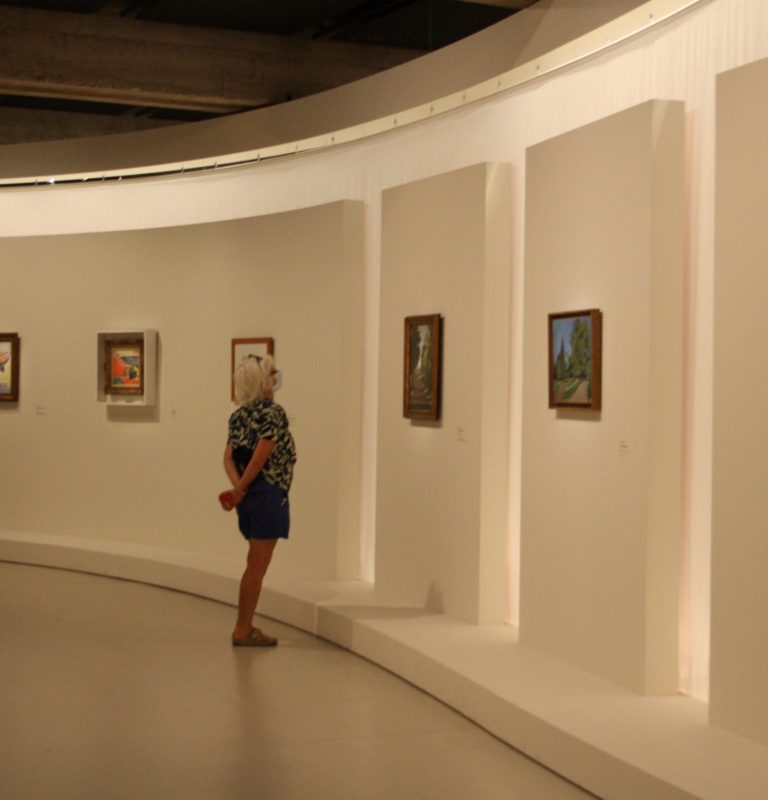
The temporary exhibition space
Each year, a new temporary exhibition and its counterpoints, as well as an educational space dedicated to young people, complete the permanent exhibition. It is accompanied by a richly illustrated catalog with articles by recognized scientists on the subject.
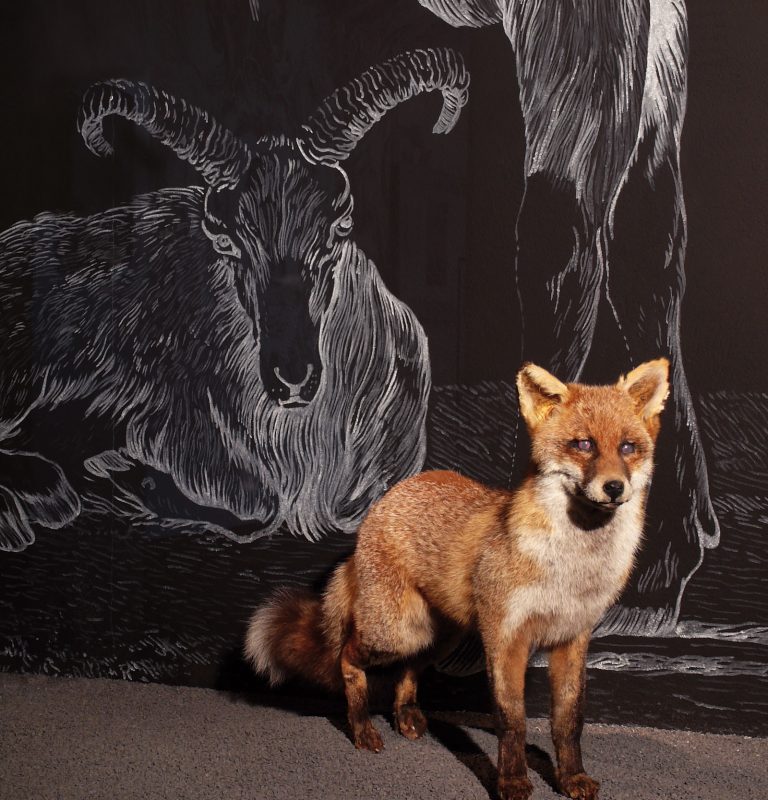
The Doazan Gallery
The discovery of Corsica, the invention of the island’s heritage, pastoralism are studied and highlighted. Three thousand objects of traditional Corsica have been gathered by Father Louis Doazan, one of the pioneers of Corsican ethnography.
